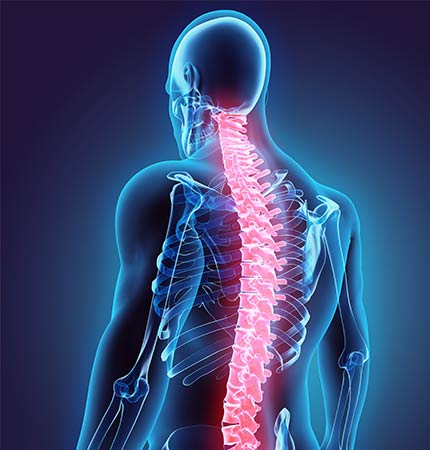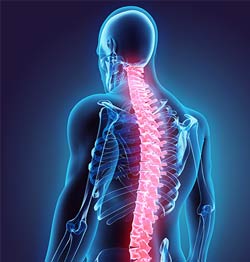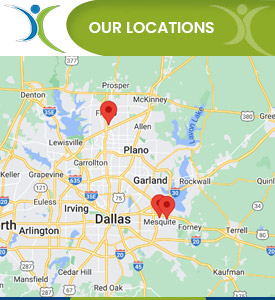Platelet-rich Plasma or PRP Injections for Knee Pain Caused by Knee Osteoarthritis
According to studies, PRP therapy may decrease the course of knee osteoarthritis while also improving overall quality of life. When PRP is injected into a knee to treat joint pain, it can stimulate healing and reduce inflammation. Dr. Andrew Morchower offers PRP injections for knee osteoarthritis at OmniSpine Pain Management. For more information, contact us today or book an appointment online. Our clinics are located in Frisco, TX, Sunnyvale, TX, and Mesquite, TX.
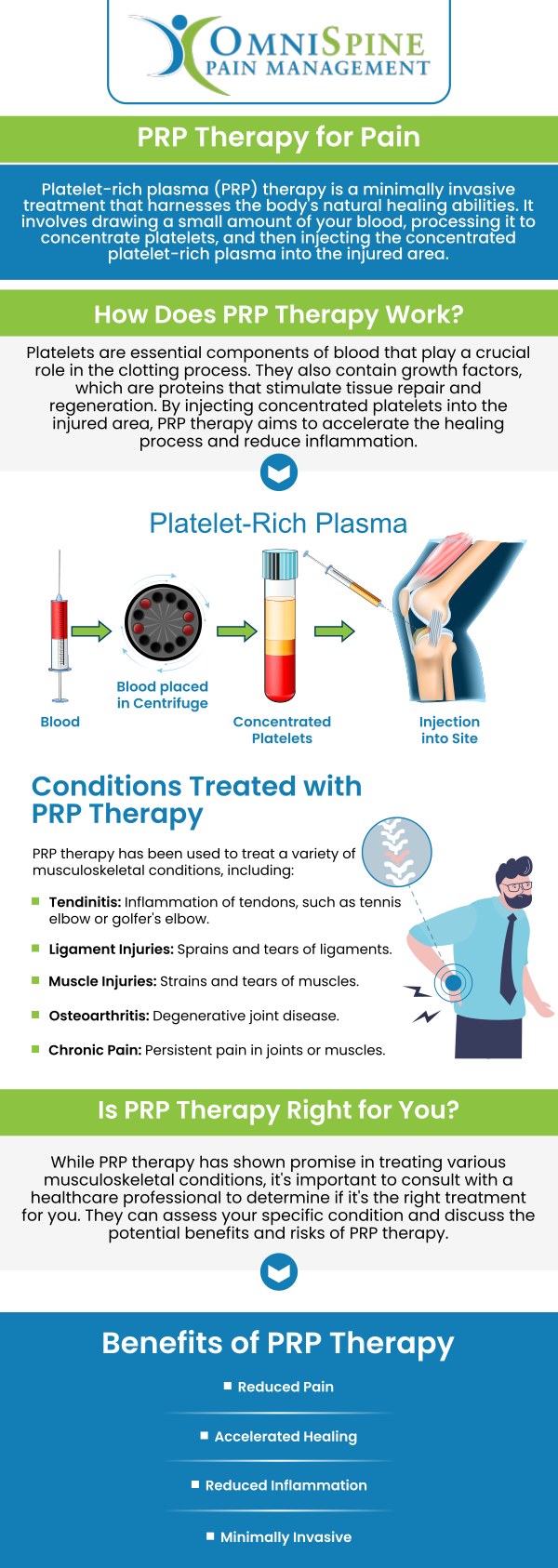
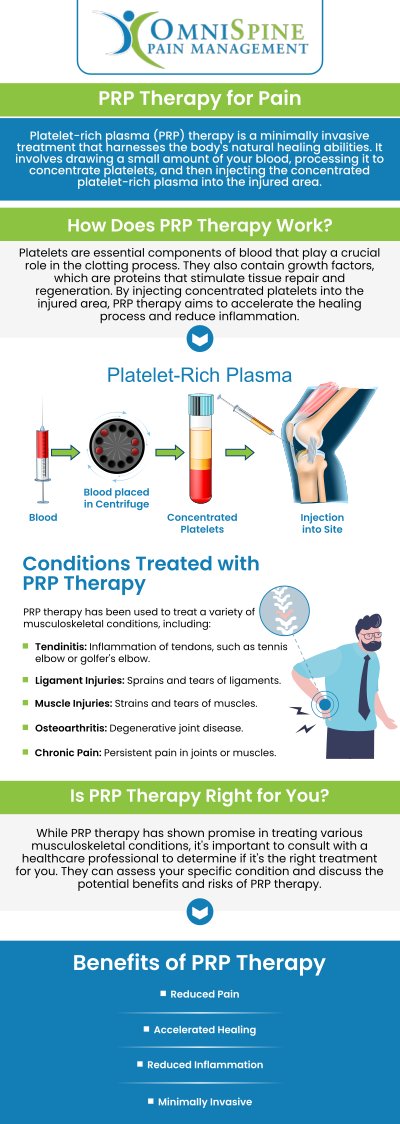


Table of Contents:
What Is Platelet-Rich Plasma or PRP Injections for Knee Pain?
How Do PRP Injections for Knee Pain Treatment Work?
How Are PRP Injections for Knee Pain Done?
How long is the recovery time after PRP Injections for Knee Pain?
How many PRP Injections for Knee Pain Treatment Do I Need to Get Chronic knee Pain Relief?
How Much Time Does It Take for PRP Injections for Knee Pain to Relieve Pain?
How Long Do PRP Injections for Knee Pain Relieve Benefits Last?
What Are PRP Injections for Knee Pain Risks or Side Effects?
With over 70 years of clinical usage, platelet-rich plasma, or PRP, is one of the most cost-efficient treatments in regenerative medicine. PRP has therapeutic advantages similar to that of stem cells. Patients suffering from chronic degenerative disorders benefit from platelet-rich plasma’s ability to reduce inflammation and promote tissue regeneration. According to the CDC, knee osteoarthritis affects more than 32 million American adults and will increase in the next decade. PRP injections for knee pain caused by osteoarthritis treatment attain chronic pain relief and improve joint mobility. Studies found that PRP injections are better than hyaluronic acid for knee osteoarthritis pain treatment.
Platelet-rich plasma is a product obtained from the patient’s blood, after increasing platelet concentration and eliminating red and white cells. Indeed, platelet-rich plasma injection is a biological treatment that uses the patient’s platelets to enhance tissue repair and promote self-body healing. To demonstrate, doctors inject the patient’s platelet-rich plasma, the colorless part of the blood, into the affected area after tendon, muscle, cartilage, and ligament injuries, surgery, or to treat chronic lesions, including knee pain caused by osteoarthritis. Remarkably, PRP injections for knee pain caused by osteoarthritis relieve knee pain and improve knee mobility.
To summarize, PRP injections for knee pain caused by osteoarthritis consist of injecting the patient with plasma-rich platelets inside the affected knee.
The proposed mechanism by which PRP injections for knee pain caused by osteoarthritis relieve pain and improve joint mobility are:
• The PRP Injections for Knee Pain produce that injected platelets release critical biological active factors while inducing the body to increase and maintain growth factors secretion. To clarify, these factors promote tissue repair, new blood vessel formation, and connective tissue or cartilage regeneration. In particular, growth factors, cytokines, and lysosomes are the main active factors released by platelets.
• Platelets and plasma growth factors promote tissue repair while reducing local inflammatory response. Notoriously, the inflammatory response mediators reduction relieves pain signals in the area.
• PRP injections for knee pain analgesic or Pain killer effects may be due to blood flow increase, axonal or nerve regeneration, tissue repair, and local decrease in pro-inflammatory factors.
• A blood sample from the patient’s vein is extracted to obtain platelet-rich plasma. In general, PRP injections for knee pain treatment require 5 mL, or 0.169 fl oz, of blood per joint.
• The patient’s blood is centrifugated to separate red and white cells and increase platelet concentration in the plasma sample. Afterward. a colorless product is ready for PRP injections for knee pain caused by osteoarthritis.
• Once the patient is lying down, the treating doctor cleans and sterilizes the surrounding joint skin.
• Your treating physician will apply a topical anesthetic or numbing cream on the afflicted joint.
• Occasionally, the location of the injection site may be determined using an ultrasound or other imaging equipment.
• The PRP injection for knee pain is performed.
• The injection site is cleaned.
• Patients will stay under observation for a short time. Typically, patients are ready to leave within 45 minutes or less after PRP injections for knee pain treatment.
PRP Injections for Knee Pain treatment do not need any downtime. After a brief observation at the OmniSpine Pain Management facility. Most patients can return to their routines. Nevertheless, the treatment benefits and painkiller effects can take weeks to show.
Three sessions are required to receive the full therapeutic effects of PRP injection for knee pain treatment. It is essential to realize that to treat knee pain caused by osteoarthritis, three PRP injections are needed for each knee joint.
Every patient is unique, and his response depends on several biological and personal factors. On average, most patients report significant pain relief in 4 to 6 weeks after the PRP Injections for Knee pain treatment. To explain, the main reasons for the delayed response are platelets need to be activated, and they produce a natural self-healing, which requires cells and tissue regeneration.
Most patients attained pain relief between 6 and 9 months after PRP injections for Knee pain treatment. Results may vary on individuals from treatment to treatment and among different patients for not well-established reasons.
The risk and potential side effects are limited. Certainly, your doctor may prevent most of them, those include:
• Pain
• Discomfort
• Tissue damage
• Bleeding
• Infection
• Nerve injury
OmniSpinePain Management specialists have a proven record of successful PRP Injections for Knee pain treatment. Make your appointment now to learn if you can benefit from this therapy or find the best treatment plan for your medical condition. Our clinics are located in Frisco, TX, Sunnyvale, TX, and Mesquite, TX. We serve patients from Dallas TX, Frisco TX, Mesquite TX, Sunnyvale TX, Plano TX, Garland TX, Forney TX, Cedar Hill TX, Denton TX, Balch Springs TX, and surrounding areas.
Check Out Our 5 Star Reviews


